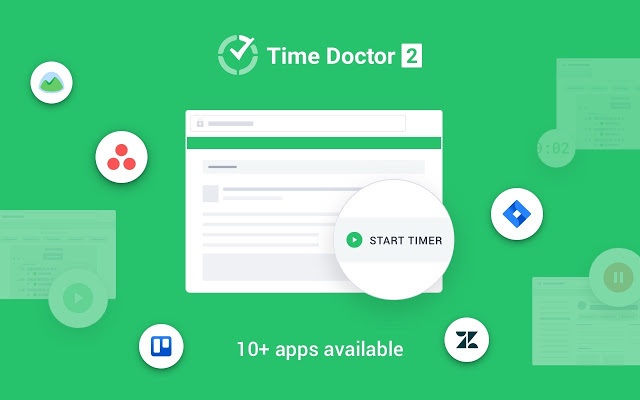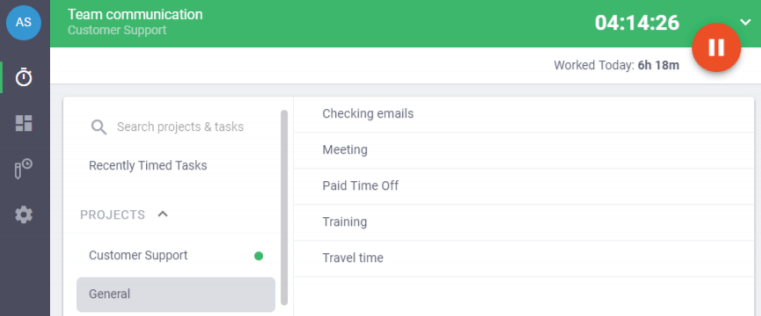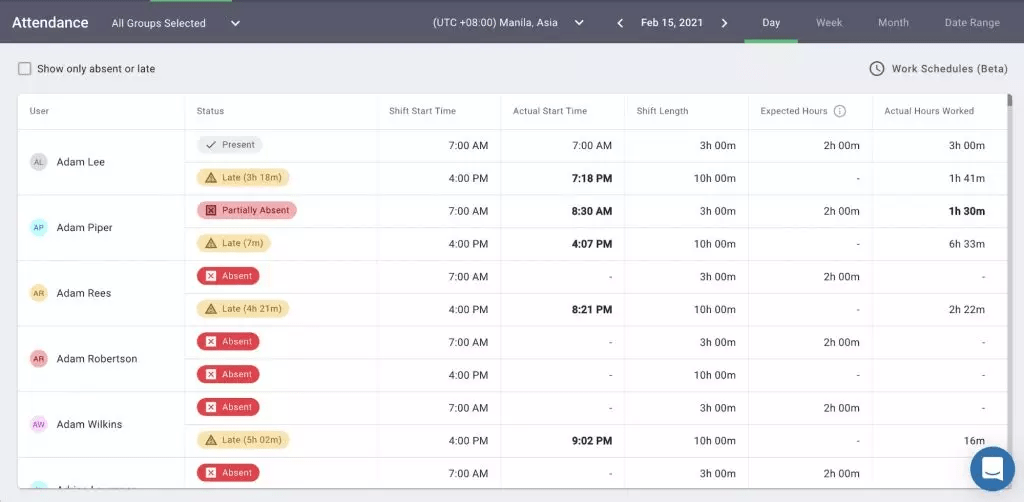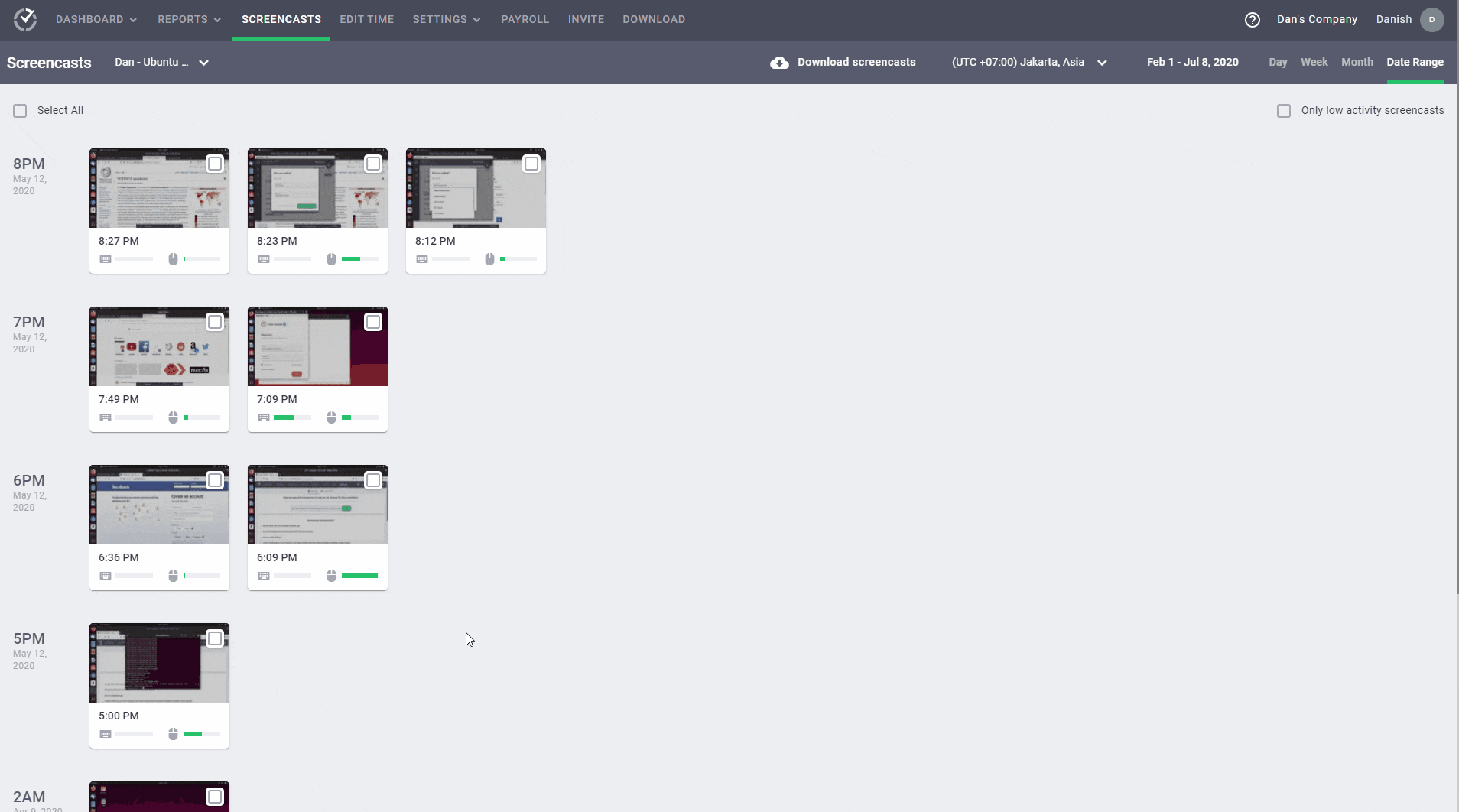Curious about call center monitoring?
Call centers are the focus of global, on-call customer service. And ensuring excellent customer service via call centers is crucial to every type of business.
This is why call center monitoring is becoming increasingly important.
But how do you start the call center monitoring process?
This article will explore call center monitoring, the six steps for effective call center monitoring, and its key benefits.
Table of Contents
- What is call center monitoring?
- 6 steps for effective call center monitoring
- 3 benefits of call center monitoring
Let’s get started.
What is call center monitoring?
Tracking the productivity and quality of call center operations is called call center or contact center quality monitoring. You can do this with a combination of human efforts and technological help.
For example, you can manually monitor calls to get an idea of an employee’s performance.
Additionally, you can speed things up by employing call center monitoring software with call recording features to track crucial call center metrics.
However, every data point you gather must be important to your business goals.
Potential challenges in the way of effective call center quality monitoring program include:
- Lack of clear goals: Without a clearly defined plan, call center monitoring will not deliver the required results.
- Too much data: It’s not humanly possible to listen to hundreds of calls each day.
- Employee morale: Monitoring their activity can make a contact center agent feel like they’re being judged and unfairly criticized.
You can overcome all these challenges by developing the perfect call center monitoring plan.
6 steps for effective call center monitoring
Create your call center monitoring plan by following these six steps:
1. Define success
There’s no point haphazardly gathering data on your team if you don’t know what purpose it serves.
So before you create a call center monitoring strategy, ask yourself: ‘what does success look like?’
The answer to this question will tell you what metrics you need to gather.
First, list out your business goals (sales targets, growth objectives, brand awareness, etc.) and customer needs (reduced wait time, detailed onboarding, etc.).
Additionally, think of the minimum call center compliance requirements.
Based on this, you can concretely define quality standards in the form of KPIs (Key Performance Indicators). These are specific, numerical indicators of success.
Here are some common examples of call center KPIs:
- Average Handle Time: The total call duration, including hold times, transfers, and after-call work.
- Net Promoter Score: The likeliness of customers recommending your product or service to someone else.
- First Call Resolution: The number of times an employee resolved a complaint in the first call.
However, KPIs are extremely context-specific, and you can’t evaluate an agent’s performance on these metrics alone.
To get a more subjective and accurate evaluation of their overall performance, you can create a QA scorecard.
These can be more descriptive and give the evaluator space to give the employee some actionable feedback. You may ask employees to self-evaluate using a monitoring form, or a supervisor/peer can assign them quality scores based on their performance.
Overall, your QA process should involve 360-degree perspective-taking, with the customer, employee, and immediate manager’s points of view.
2. Involve the right people
Once you know what information you need for call center monitoring, the next step is to define who’s going to collect and analyze the data.
Create a QA (Quality Assurance) team that includes managers, agents, executive management, and other important decision-makers.
These people will need to be trained for specific quality management tasks.
More importantly, they should know your company’s requirements intimately and optimize internal processes to meet them.
The QA team will also be responsible for training initiatives and coaching sessions for both themselves and call center agents.
3. Pick calls to monitor
It’s impossible to monitor all phone calls every day.
However, you should ideally select high-impact calls in which the customers:
- Have had negative experiences with your company.
- Have given negative feedback in the past.
- Have the potential for upselling.
- Are high-value customers.
On the other hand, you can choose to monitor only a few particular agents. These can include agents on probation, poor performers, consistent high performers who can train other team members.
Sometimes, a call may require monitoring if it was:
- Too long or too short.
- Escalated to a manager.
- Transferred too many times between departments (to analyze your routing system).
Selecting the right types of calls will give you a rough idea of what your call center agents deal with every day.

4. Analyze the data
Finally, collecting data without analyzing it is impractical.
You’ll need to employ a different team of QA analysts to sort and analyze the raw data.
Select a window (weekly, monthly, quarterly) and analyze the data based on your objectives.
The exercise can help you recognize some trends from monitored calls:
- Is there a repetitive pattern of positive or negative behavior among agents or customers?
- What is the overall productivity of your team?
- What are the specific growth areas?
- Are agents recording calls to capture customer feedback thoroughly?
- Do the agents need any special training?
Convert these trends into actionable feedback for call center employees, and you’ll be able to improve your internal process. The data will also be crucial for training purposes.
5. Focus on your employees
Your employees are the most important element of the call center quality monitoring process, as they’re both helping you generate your data and delivering the desired results.
It’s important to build the entire process around them and maximize employee engagement.
Here are some ways to create an employee-centric monitoring process:
A. Enable them to analyze their performance
Your team might respond to data rather than just instructions.
Instead of sharing their day-to-day metrics only during their reviews, let your employees see them every day.
This encourages them to improve their performance regularly and take charge of their growth.
B. Share examples of good interactions
Always lead by example.
Share past examples of great performance with your employees. This can teach them how to deal with complicated situations, and it’s also a better way to share your expectations from them.
You can also create detailed scripts for various scenarios. This gives you the chance to prepare for situations that may not have happened yet.
And remember to keep these examples relevant to the experiences of the employees you’re training.
C. Don’t make it a chore
Providing data for self-monitoring should not be an additional burden for call center employees. If the monitoring process hampers their productivity, it defeats the purpose of the exercise.
Instead, build processes that collect data organically, with minimal manual involvement.
The easiest way of ensuring this is to automate what you can.
For example, speech analytics software can automatically identify the nature of any call and pick up on the callers’ emotional cues, while transcription software can create real-time transcripts for monitored calls.
D. Incentivize good performance
Call center monitoring isn’t just an excuse for added surveillance. It’s a way to help everyone feel onboard with the company’s goals.
Make sure you emphasize these positive motivations by sharing individual accomplishments with the team.
You can even reward the highest achieving employees with recognition and incentives.
Ideally, every step of the process should empower your employees to perform better.
6. Get the right call center monitoring software
How do you execute an exhaustive call center monitoring strategy?
You need the right set of monitoring solutions to gather data and analyze it for you. Thankfully, a host of call center tools can help you do that job.
Some common types of call center software include:
A. Customer Relationship Management (CRM) tool
This kind of software automatically gathers data on each customer, creates a detailed database, and analyzes it.
You can find information about customer’s purchases, social media interactions with the brand, monitored calls to customer care, etc.
In the context of call center monitoring, you should also record their previous interaction with call center executives.
A CRM tool offers:
- Real-time monitoring of any customer interaction.
- Profile of the customer: Is there a pattern in past complaints?
- Response and resolution rate from the call center.
Some of the most popular CRM tools include Zendesk, Salesforce, HubSpot CRM.
B. Speech analytics tool
A speech analytics tool can pick emotional cues from live calls and recorded calls.
This lets call center agents to identify whether callers on active calls are stressed or unsatisfied. It’s a quick and effective shorthand for analyzing incoming calls and can help you deliver better customer service quality.
Since these cues are getting recorded for future use, call center managers can later assess agent behaviour and performance.
You can use popular speech analytics tools like Talkdesk, CallMiner Eureka, Verint.
C. Employee productivity tool
Finally, the most important software in your call center monitoring toolkit is an employee productivity tool.
It helps employees to organize their workflow and manage their time better. Some of its most basic functions include task management, team collaboration, time tracking, etc.
To cover your employees’ productivity needs with a single tool, you can try out Time Doctor.
What’s Time Doctor?

Time Doctor is a performance management tool used for monitoring employees by large companies as well as small businesses.
Time Doctor will let you track essential time-related KPIs in the call center, such as:
- Average call duration.
- Average after-work call time.
- Occupancy rate (i.e., how busy the employee is on average.)
Let’s take a look at Time Doctor’s key features:
1) Manual and automatic time tracking
Here are the four simple steps to start tracking time manually in Time Doctor:
- Download Time Doctor and sign in with your credentials.
- Create a task/project.
- Press the Start button to start tracking time, where it runs quietly in the background.
- Press the Stop button when you finish the task or take a break.
Employees can start and stop the timer for each new call and record individual call durations.
Time Doctor also offers an automatic time tracking feature. The app will automatically start tracking the time when employees turn on their PC.

2) Idle time tracking
Time Doctor’s idle time tracker lets you see total time tracked without any keyboard or mouse activity.
This way, you can ensure that employees only get paid for their active billable hours.
Note: Time Doctor only checks whether a key is pressed or not. It’s not a keylogger and maintains no record of keystrokes.
3) Comprehensive reports
You can make sense of all the activity summary data by using Time Doctor’s reports function.
Time Doctor generates the following automatic reports on your employees:
- Activity summary: View overall active and inactive time recorded.
- Hours tracked: Show recorded hours for any date range.
- Projects & tasks: Analyze project and task-wise time usage.
- Timeline: See daily and weekly reports on total time use, with start and end times.
- Web & app usage: Identify time spent on each website or app.
- Custom: Customize what you’d like to see in your report.
- Attendance: Check whether employees are present, absent, partially absent, or late.

4) Screencasts
With Screencasts, you can see your employees’ complete screen activity too. Time Doctor takes screenshots of your employee’s screens at random intervals when the time is on.
This encourages employees to stay away from unproductive and distracting sites.

3 benefits of call center monitoring
Here are the three biggest benefits of call center monitoring:
1. Provides accurate performance data
An employee’s performance is the result of many internal and external factors.
For example, a sudden increase in call volumes can negatively impact an employee’s performance temporarily. On the other hand, positive feedback can tell them what’s working well and encourage them to keep up their performance.
However, there’s no way to tell how they’re actually performing without accurate, scientific metrics.
The process of call center monitoring accounts for an employee’s performance with objective metrics and helps in benchmarking for future performance as well.
That’s why it’s a more reliable and dependable way of telling whether an individual agent is improving or not.
2. Reduced employee turnover
Employee turnover is a huge problem in call centers. And since finding new agents (and training them) is both expensive and resource-intensive, call center managers are eager to retain their team.
Call center monitoring helps solve this problem.
How?
The data gathered helps you provide timely, accurate, and constructive feedback to employees. It also gives them new opportunities to expand their knowledge and improve productivity.
This, in turn, keeps them engaged in their job – incentivizing better performance.
3. Higher customer satisfaction
The bottom line for any call center is to deliver maximum customer satisfaction.
They can do this by delivering better results per call and reducing average call duration. Ultimately, they’ll be able to take on more customer support queries.
Call center monitoring directly achieves these results.
Tracking a specific KPI allows call center managers to improve overall customer satisfaction with each new call.
Some KPIs that can tell you about customer experience are net promoter score, customer effort score, retention or churn rate, etc.
Wrap up
Call center monitoring is not just a way to increase productivity. It turns employees into their own managers and gives them the tools to improve themselves.
And that’s why it’s key to meeting customer expectations and your company’s overall success.
However, incorrect monitoring can have serious consequences on agent performance and morale. Ensure that you build a holistic call center monitoring system that covers all bases.
A crucial element of this strategy should be using an excellent productivity tool like Time Doctor. Its easy-to-use interface and robust functionalities will tide you through all call center monitoring challenges.
So why not sign up for Time Doctor today and monitor your call center effectively?

Liam Martin is a serial entrepreneur, co-founder of Time Doctor, Staff.com, and the Running Remote Conference, and author of the Wall Street Journal bestseller, “Running Remote.” He advocates for remote work and helps businesses optimize their remote teams.


